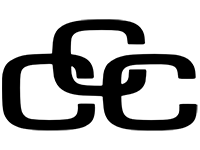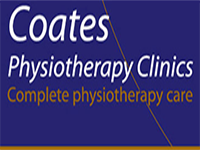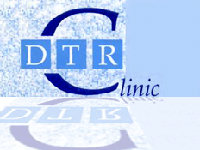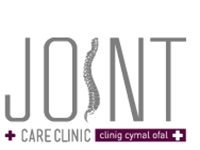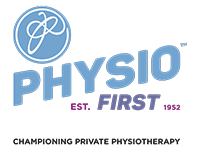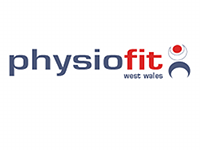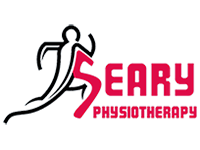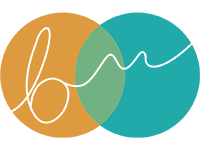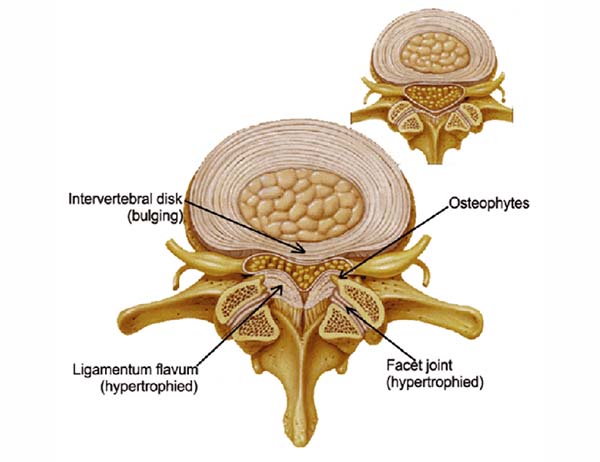
Spinal Stenosis
Spinal stenosis essentially means narrowing of the spinal canal through which the spinal cord or nerves travel and exit at each level to supply either the arms or legs. This most commonly occurs in the lower back (lumbar region) or in the neck (cervical region). There are several causes for this, including a congenital (inherited) cause or more commonly this occurs as the spine ages as the discs bulge into the canal along with thickening of the posterior ligaments (ligamentum flavum) and enlargement of the facet joints (hypertrophy). Bony spurs can grow from the vertebrae around the disc, which are called bony spurs or osteophytes and these can also narrow the spinal canal and/or neural foramen (gap of the nerve exiting the spine). In some occasions the vertebrae may not sit perfectly on one another and this can also narrow the spinal canal diameter (spondylolisthesis).Spinal stenosis can present with back pain as well as aching into either arms or legs. Occasionally weakness and numbness can be felt in the buttocks, legs and calves. These symptoms tend to occur with walking and causes the patient to only walk shorter distances but then tends to improve as the patient bends forward or sits. This condition can be mistaken for vascular (arterial blood vessel) narrowing and occasionally it is difficult to separate.
Symptoms from the cervical spine may give rise to pain and weakness in the shoulders, arms and hands with alterations in hand function as well as stiffness in both legs. As the canal narrows it can lead to bladder and bowel problems as well as decreased ability to walk, but this is more uncommon.
After an appropriate history and physical examination, which will include a neurological assessment then tests, including a standing x-ray, MRI or CT scan may be ordered.
Treatments include conservative management, which are medication, physical therapy aerobic reconditioning and occasional injections. Surgery would be reserved for symptoms of ongoing pain and limitation of functioning. Surgical treatment involves decompression to give the spinal cord and/or nerves more space. Occasionally fusion is required as a supplementary step if there is instability or malalignment of the vertebrae. This would be discussed at a clinic appointment.
Pease see more information on Spinal Stenosis, diagnosis, treatment and post treatment




